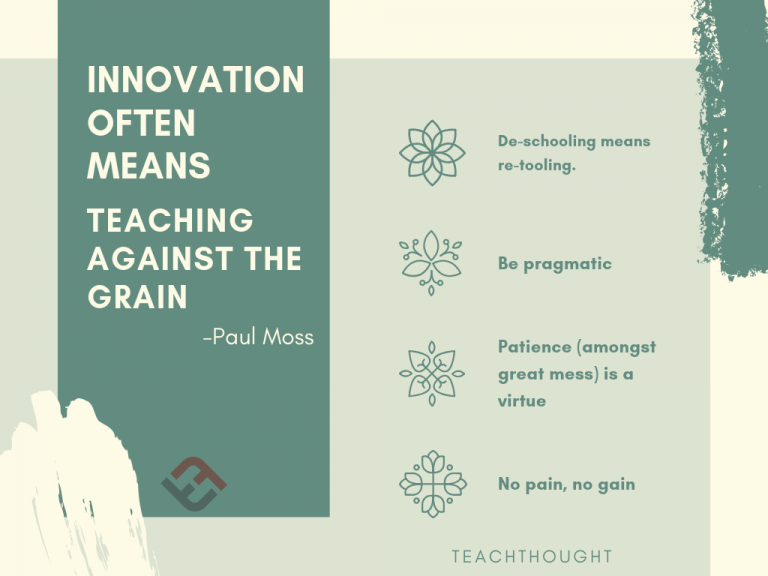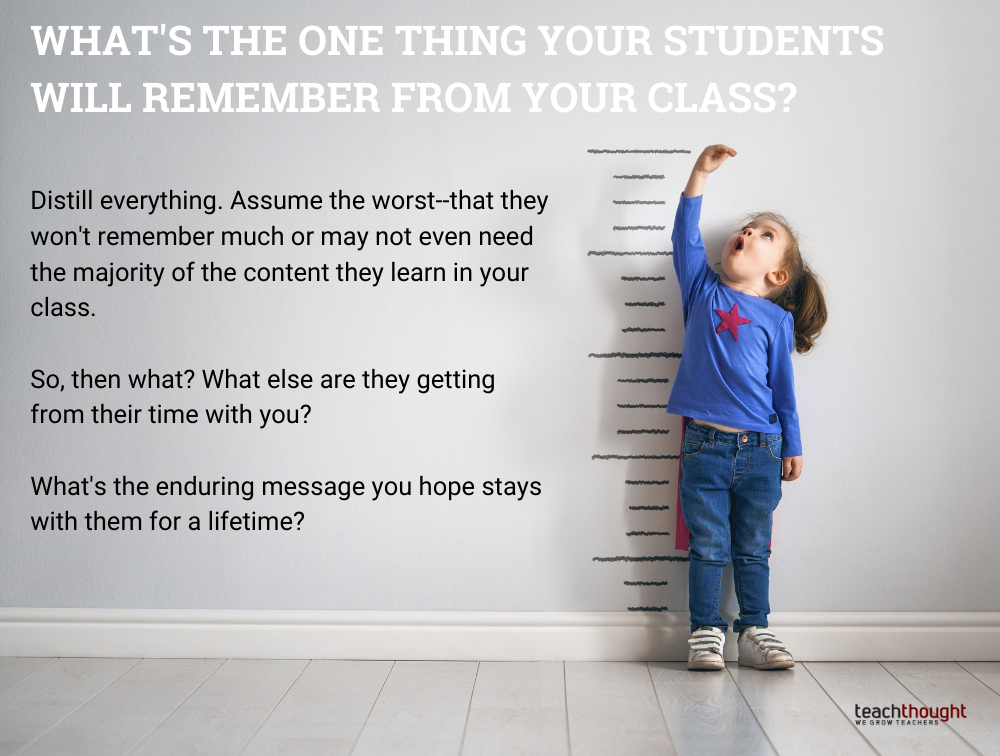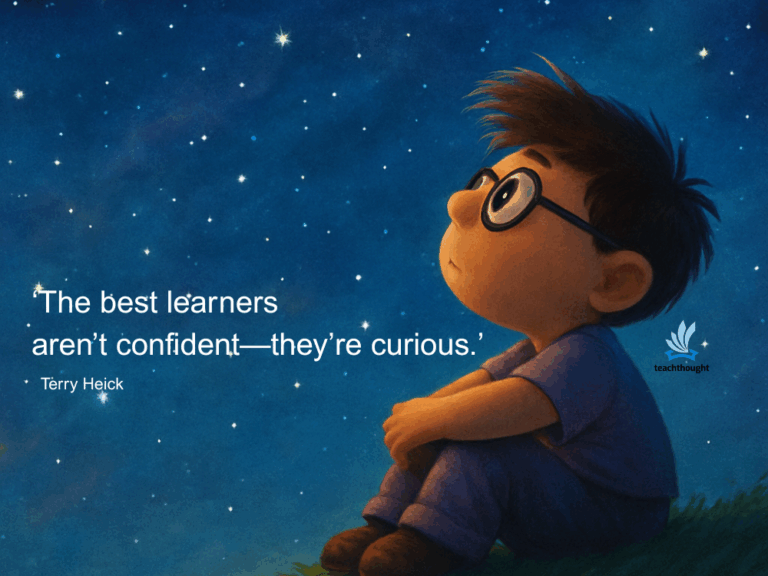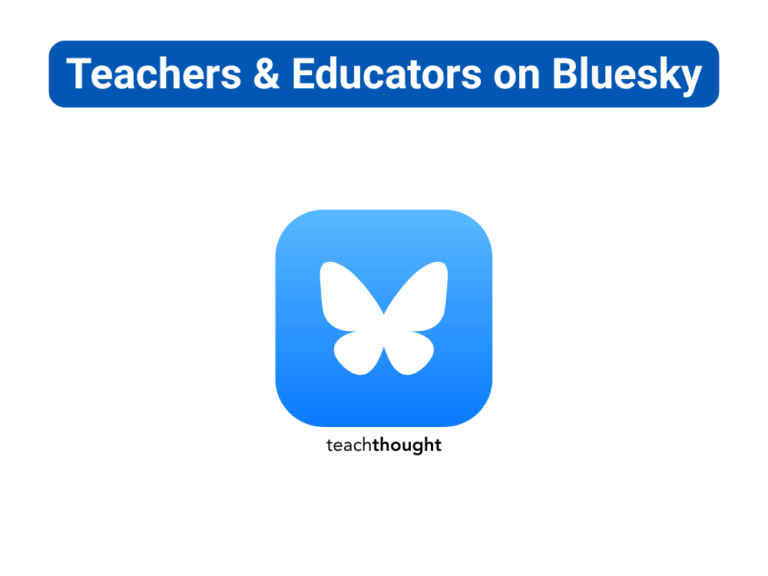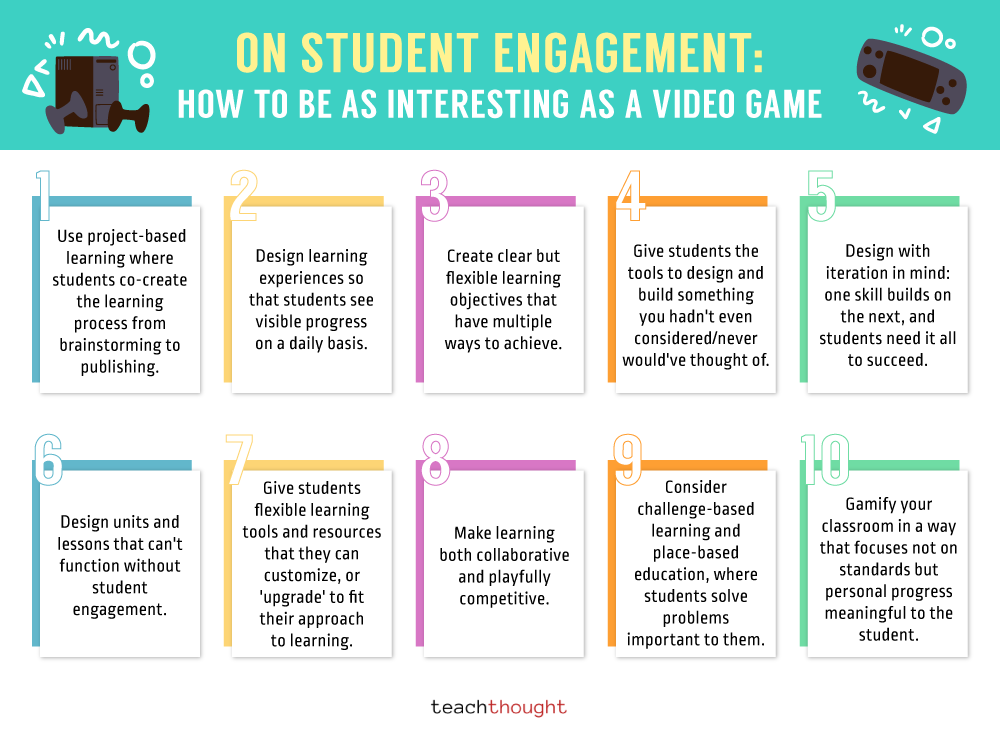Coursera: An Online Teacher’s Perspective After 18 Years of Teaching
Coursera remains one of the most recognizable MOOC platforms, offering thousands of courses from universities around the world and serving learners at an unprecedented scale.
Rather than focusing on enrollment numbers or marketing claims, this review examines how Coursera functions for learners: where it supports meaningful learning, where it struggles, and where the realities of scale introduce challenges not typically found in traditional classroom environments.
The Good: Clear Structure and Predictability
One of Coursera’s notable strengths is the structure of its courses. Most offerings still include:
- Clear syllabi and weekly modules with defined outcomes
- Short quizzes and brief written assignments
- Regular deadlines and pacing guides
- Two to three hours of video instruction per week, often with transcripts
This consistency supports learners who rely on predictable organization. Many online students struggle not because the content is too difficult, but because unclear expectations or poor course design create unnecessary barriers.
Short-essay assignments, typically 250–350 words, encourage concise communication. These tasks require learners to prioritize key ideas, a practice aligned with effective writing instruction across online learning environments.
Coursera’s interface also remains intuitive. Learners can navigate modules, track progress, revisit instructional videos, and submit assignments without major usability concerns—a significant advantage for a platform operating at global scale.
The Bad: Peer Grading Is Still a Mixed System
Peer grading continues to be Coursera’s solution to the challenge of evaluating large volumes of written work. Despite improvements such as clearer rubrics and optional calibration activities, several recurring issues remain.
- Anonymity that leads to inconsistent or unhelpful feedback
- Generous scoring from some learners and overly harsh scoring from others
- Cultural differences in perceptions of ‘good writing’ or appropriate tone
- Varied levels of rubric understanding among reviewers
At massive scale, peer assessment provides at least some engagement with student work and offers exposure to multiple examples of writing. However, it does not replicate expert feedback and can produce unpredictable learner experiences.
For beginners or less confident writers, inconsistent peer evaluation may feel discouraging. A structured rubric improves reliability but does not fully address disparities in reviewer effort, interpretation, or experience.
The Ugly: Plagiarism in Open Online Courses
Plagiarism remains a persistent challenge in large-scale MOOCs. Learners join these courses from diverse academic backgrounds, and shared norms around authorship, citation, and originality are not universal.
Common issues include:
- Copying entire submissions from online sources or other learners
- Encountering one’s own writing during peer review
- Wikipedia or blog content pasted without attribution
- Assignments generated by AI tools submitted without disclosure
Coursera employs plagiarism detection tools and depends on community reporting, particularly in free or high-enrollment courses. Enforcement is more effective in smaller, certificate-focused programs, but scalability remains a barrier.
Plagiarism in MOOCs is often a combination of unfamiliarity with academic expectations and the pressures of self-paced learning. While not always malicious, it raises legitimate concerns regarding the reliability of MOOC certificates as indicators of independent mastery.
Final Thoughts
Coursera demonstrates both the promise and the limitations of large-scale online learning. Its structure, clarity, and accessibility offer meaningful support for motivated learners, while challenges in peer grading and plagiarism reflect the realities of teaching at massive scale.
As with all online education, the effectiveness of Coursera depends on learner commitment, course design quality, and the alignment between instructional methods and the skills being taught. When integrated thoughtfully, the platform serves as a valuable component of a broader learning ecosystem.

